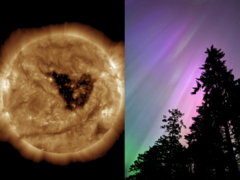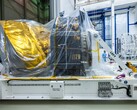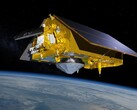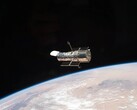Auroras could light up Northern (and Southern) skies on Sept 13 and 14 following powerful solar wind storm

A butterfly-shaped coronal hole on the sun is sending high-speed solar wind toward Earth - with arrival expected on September 14. Space weather forecasters are warning that this could trigger geomagnetic storms ranging from G1 (minor) to G2 (moderate), which could lead towards aurora visibility at mid- to high-latitudes across the Northern Hemisphere. Regions such as Canada, Alaska, Scandinavia, and northern parts of the U.K., as well as some locations in the Southern Hemisphere, may experience visible auroras, especially if conditions align with predictions from the U.K. Met Office and the NOAA Space Weather Prediction Center.
A geomagnetic storm at this time of year is especially important due to the Russell-McPherron effect. During spring and autumn equinoxes, Earth's magnetic field is better positioned to interact with solar wind, which in turn increases the likelihood of geomagnetic disturbances. Activity tends to peak around equinoxes, with historical data showing increased numbers of disturbed geomagnetic days in March-April and September-October, as observed between 1930 and 2007.
Solar wind streams, especially those associated with coronal holes and CMEs (coronal mass ejections), impact Earth's magnetosphere more strongly during the aforementioned equinoctial periods. The equinox effect means that even moderate levels of solar wind activity can result in brighter and more widespread auroras. Current modeling from NOAA's WSA-Enlil solar wind model shows predicted plasma density and radial velocity of incoming solar wind as the storm approaches Earth.
Of course, there is always some uncertainty due to the complex nature of space weather. Auroral displays depend largely on solar wind strength and how its embedded magnetic field aligns upon reaching Earth. While estimates point towards mainly G1 conditions, the equinox boost could possibly lead to stronger activity. If you're an observer in one of the affected regions, monitoring official updates could be beneficial.
Buy the Celestron NexStar 8SE computerized telescope on Amazon.



















